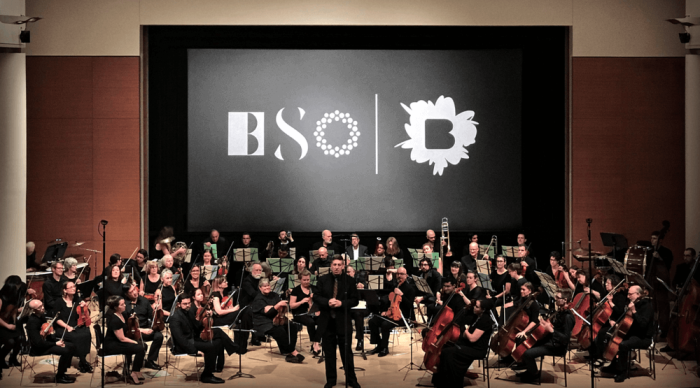The violent unrest that rocked Baltimore is destructive, lawless, unfortunate, predictable, inexcusable. Pick whatever characterization you want. But don’t lose sight of the core problem that has ignited riots over the years: Unarmed black men keep dying in encounters with police, many in outrageous circumstances.
Eric Garner died July 17 on Staten Island after what appeared to be a banned chokehold was applied by one of many officers taking him into custody for allegedly selling loose cigarettes. John Crawford was shot Aug. 5 in an Ohio Walmart after picking up an air rifle for sale in the store. Michael Brown was killed Aug. 9 in Ferguson, Missouri. In Brooklyn, Akai Gurley was shot dead Nov. 20 after simply entering a dark stairwell in a public-housing project with his girlfriend. Walter Scott was shot in the back April 4 in North Charleston, South Carolina, when he ran away from a routine traffic stop.
And that’s just a sampling.
Then there’s Freddie Gray, the man officials said was arrested April 12 in Baltimore after making eye contact with an officer and running away. Police said they took him into custody without incident and have yet to explain how his spine was severed before he lapsed into a coma and died.
The fires, looting and rock-throwing in Baltimore have unfortunately shifted the nation’s focus to questions such as whether Mayor Stephanie Rawlings-Blake waited too long to impose a curfew or to call for the National Guard. In New York City, the issue has become whether the broken-windows approach, with its focus on minor offenses, results in racially tinged overpolicing in pursuit of safer streets.
Those are important considerations. So are the underlying issues of poverty, broken homes, bad schools and joblessness that plague many minority communities. Neighborhoods where those intractable problems persist can become tinderboxes.
Still, there is something horribly wrong in the way police interact with black people, especially in poor communities. That has to change. In Baltimore, a long list of civil cases against the police points to a systemic problem. This time we need to know how Gray ended up with a severed spine. If police misconduct or abuse was involved, it has to be punished. Police must be held accountable when they unjustifiably abuse and kill people.
The deadly discord nationally between police and blacks is steeped in race and class. But in Baltimore, the mayor, police commissioner and a large number of police officers are black. That hasn’t changed a police culture where cops have been repeatedly accused of corruption, planting evidence on suspects and excessive force.
Officers troubled by their eroding credibility have to stop covering for those who behave badly. Enforcing the law when it’s broken by rioters is important, but it’s not enough. The law has to be enforced just as rigorously when the lawbreakers are cops. That’s what it will take to build respect and trust between blacks and police, and to prevent the next Baltimore.

















